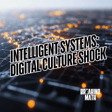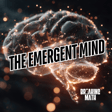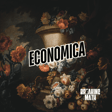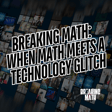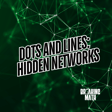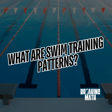
82. A.I. and Materials Discovery - an Interview with Taylor Sparks
Transcripts of this episode are avialable upon request. Email us at BreakingMathPodcast@gmail.com.
In this episode Gabriel Hesch interviews Taylor Sparks, a professor of material science and engineering, about his recent paper on the use of generative modeling a.i. for material disovery. The paper is published in the journal Digital Discovery and is titled 'Generative Adversarial Networks and Diffusion MOdels in Material Discovery. They discuss the purpose of the call, the process of generative modeling, creating a representation for materials, using image-based generative models, and a comparison with Google's approach. They also touch on the concept of conditional generation of materials, the importance of open-source resources and collaboration, and the exciting developments in materials and AI. The conversation concludes with a discussion on future collaboration opportunities.
Takeaways
- Generative modeling is an exciting approach in materials science that allows for the prediction and creation of new materials.
- Creating a representation for materials, such as using the crystallographic information file, enables the application of image-based generative models.
- Google's approach to generative modeling received attention but also criticism for its lack of novelty and unconditioned generation of materials.
- Open-source resources and collaboration are crucial in advancing materials informatics and machine learning in the field of materials science.
Help Support The Podcast by clicking on the links below:
- Start YOUR podcast on ZenCastr! Use my special link ZenCastr Discount to save 30% off your first month of any Zencastr paid plan
- Visit our Patreon
How is Machine Learning being used to further original scientific discoveries?
